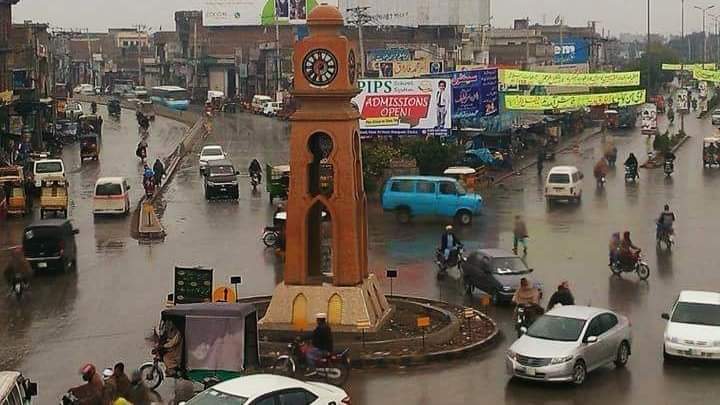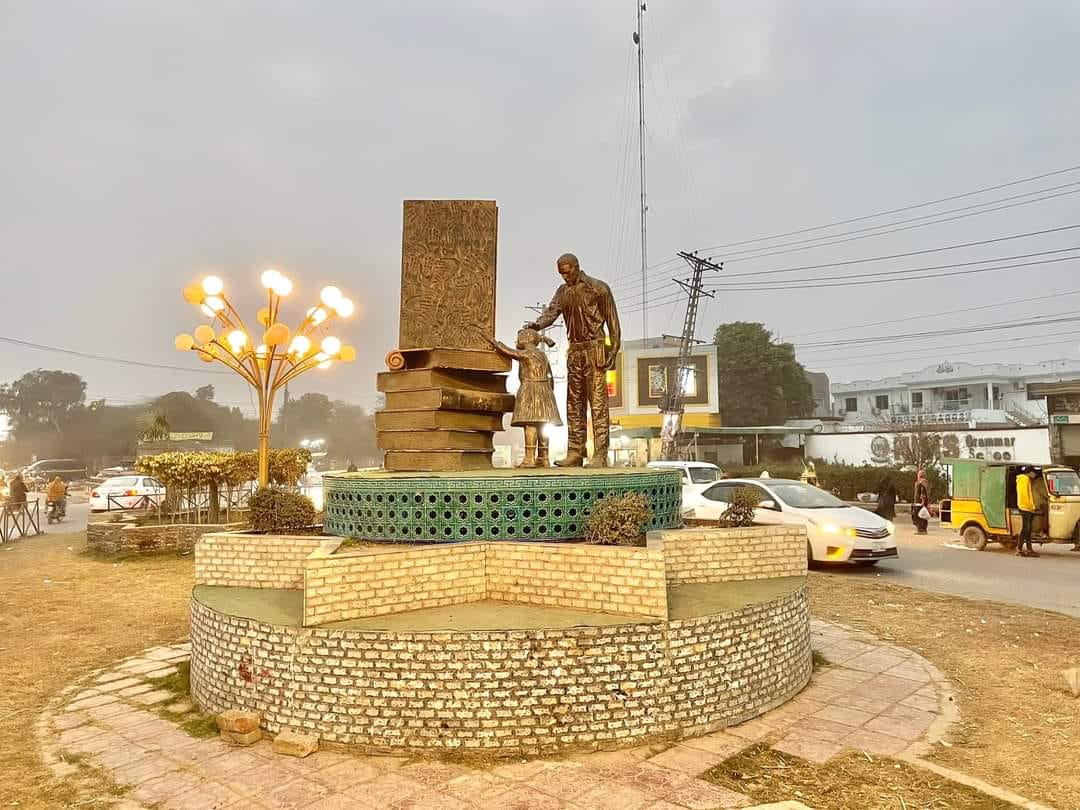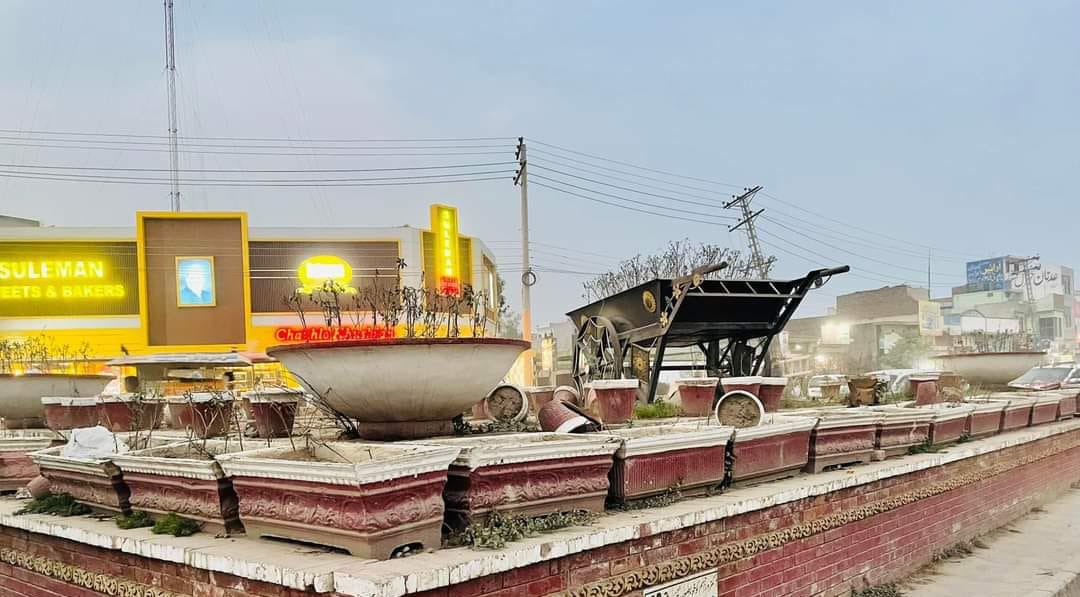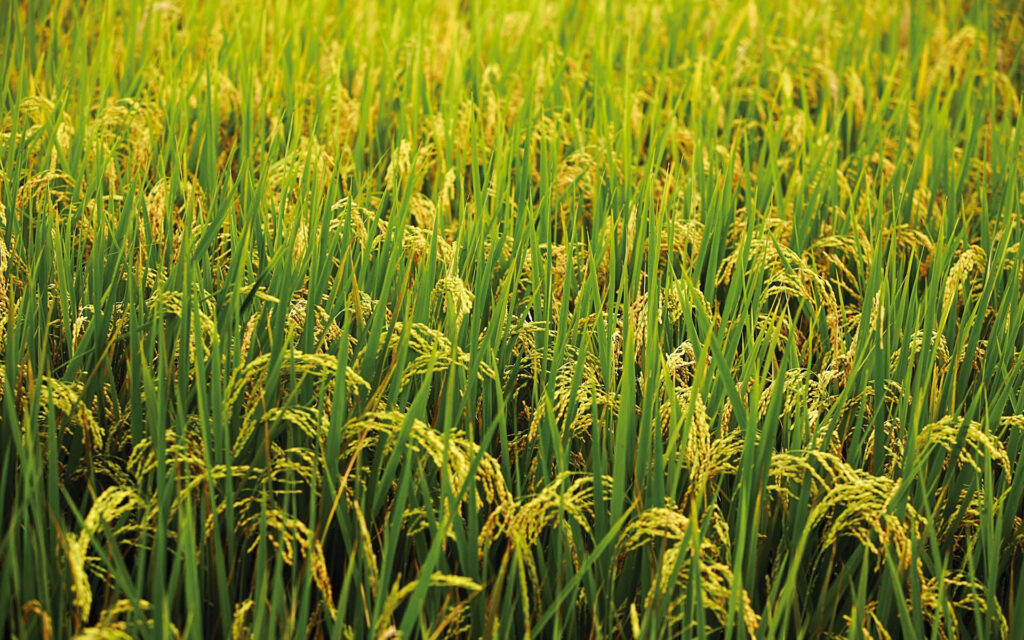- Municipal Committee Daska
History of
Daska City
Daska was founded during the reign of Shah Jahan, and was initially named Shah Jahanabad, according to Mughal revenue records. It was later renamed Daska as it is das ("ten") koh (Mughal unit of distance) from Sialkot, Pasrur, Gujranwala, and Wazirabad.During the Afghan Durrani invasion of the 18th century, Daska was ruined and its inhabitants forced to seek shelter in the nearby mudfort of Kot Daska. Daska was later repopulated during the Sikh era. Daska was captured by Ranjit Singh in 1802 and made part of the Sikh Empire In 1929, Daska was the site of Hindu-Sikh riots when Akali Sikhs attempted to seize control of Gurdwara Sant Wayaram Singh. The local Hindu community claimed it was built to be a dharamsala. In August 1947, 5,000 refugees from surrounding areas gathered at Daska Camp for two weeks before being escorted to the Indian border by the Pakistani Military.
Tehsil Daska is the city of Punjab province of Pakistan.
. It was later renamed Daska as it is das ("ten") koh (Mughal unit of distance) from Sialkot, Pasrur, Gujranwala, and Wazirabad.During the Afghan Durrani invasion of the 18th century, Daska was ruined and its inhabitants forced to seek shelter in the nearby mudfort of Kot Daska..
Daska was later repopulated during the Sikh era
Daska was captured by Ranjit Singh in 1802 and made part of the Sikh Empire , In 1929, Daska was the site of Hindu-Sikh riots when Akali Sikhs attempted to seize control of Gurdwara Sant Wayaram Singh. The local Hindu community claimed it was built to be a dharamsala. The region was initially known as Adduda Kot. It was part of the Mughal Empire until 1849. During this period, the Mughals appointed Afghan Pashtuns to govern this region. In 1849, it was captured by the British Empire and remained under their control till 1947.
Location
Geographic Coordinates: Daska is located at approximately 32.3265° N latitude and 74.3499° E longitude. Punjab Province: Daska is part of the Punjab province, which is one of the four provinces of Pakistan. The city falls within the administrative boundaries of the Sialkot District. Near the India-Pakistan Border: Daska is relatively close to the India-Pakistan border, with Jammu and Kashmir to the east. The border is a contentious area and has been a source of tension between the two countries for many years. Accessibility: Daska is accessible by road, and it is connected to nearby cities and towns through a network of highways. Sialkot, another major city in the region, is situated to the south of Daska and is a prominent economic and industrial center.
Language:
The people of Daska, like many other regions in Pakistan, predominantly speak Punjabi. Punjabi is one of the most widely spoken languages in Pakistan and is the native language of the Punjabi people, who make up a significant portion of the population in the Punjab province, including Daska. In addition to Punjabi, Urdu is also widely understood and used, especially in formal and administrative settings, as it is the official language of Pakistan. English is taught in schools and is used in business and government affairs. .
Birth Place of famous Personalities:
It is the birthplace of famous personalities including our national poet Alama Muhammad Iqbal
Crops:
.
Rice: Rice is a staple food in Pakistan, and it is a significant crop in the Daska region. Various varieties of rice, such as Basmati and non-Basmati, are cultivated here. Wheat: Wheat is another essential cereal crop grown in Daska and throughout the Punjab province. It forms a crucial part of the local diet and is used in various food products. Sugarcane: Sugarcane is an important cash crop in the Daska region. It is used for producing sugar and various sugarcane-based products. Citrus Fruits: Daska is known for its citrus fruit cultivation, including oranges and kinnow (a hybrid of mandarin orange). These fruits are not only consumed locally but are also exported to other parts of Pakistan and abroad. Vegetables: Various vegetables like potatoes, carrots, and onions are cultivated in the region to meet the local demand





